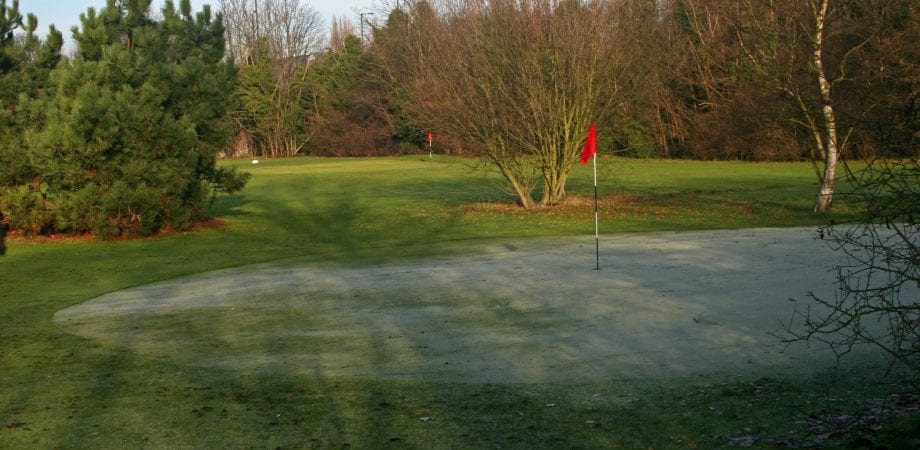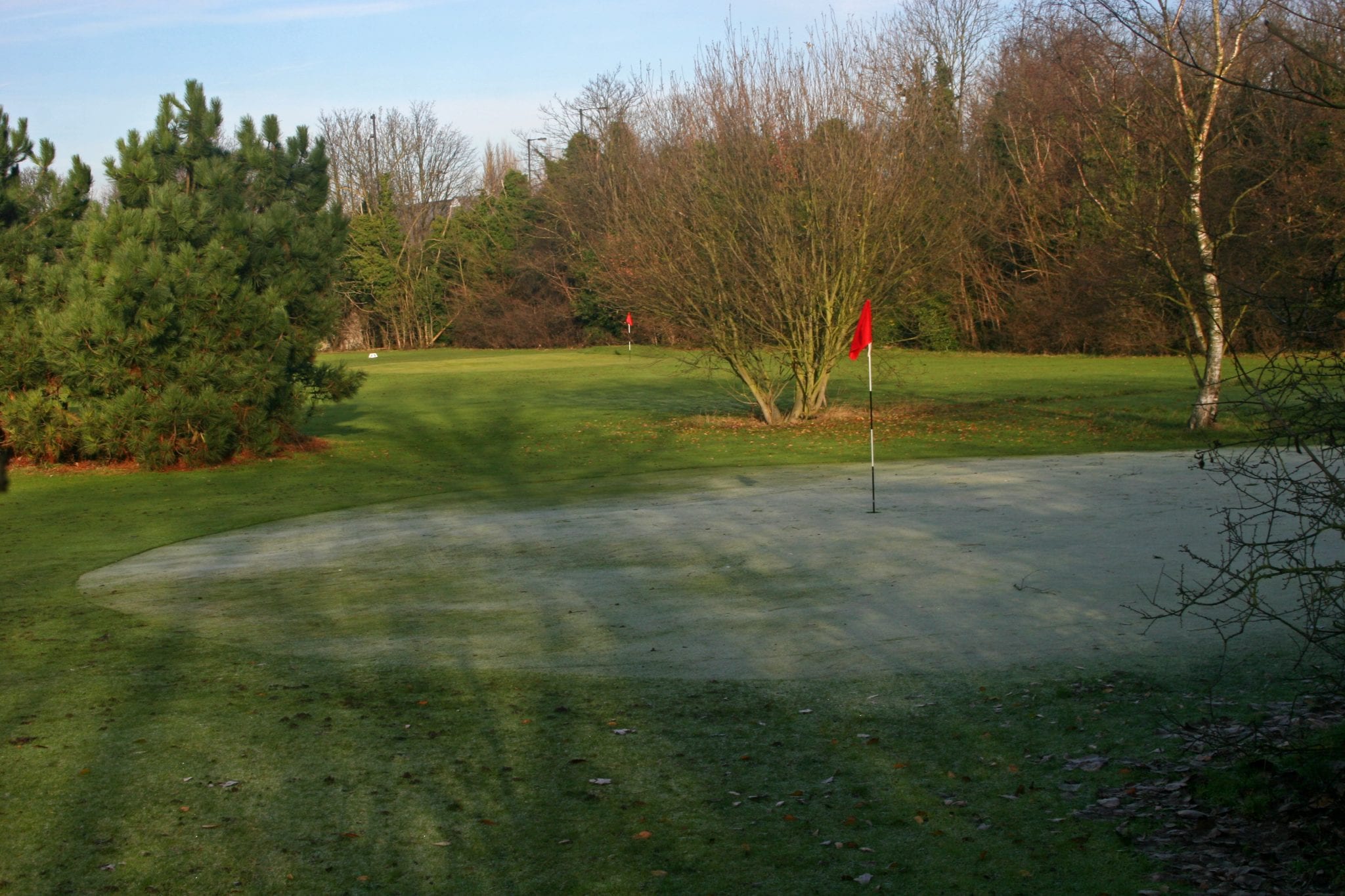We Are Not Out Of The Woods Yet


|
The old adage “putting the course to bed” may not apply anymore, at least with an upcoming winter that looks as precarious as this. In years past, one could rest assured that after making their snow mold application, heavy topdressing, and any other winter preparations, their turf would be ready to handle whatever winter could throw at it. The winter of 2013 changed that mindset. With recent experiences and research from our industry’s top professionals, we know, in regards to turf health during winter, “it ain’t over ’til it’s over.”
Most turfgrass in our region has not gone dormant. This leaves the turf vulnerable to damage from multiple sources. An abrupt shift to subfreezing temperatures could damage active turf. Unfortunately, there is not much one can do to prevent this. Another worry is receiving a large amount of snow, which remains all winter. With the soil not frozen, and turfgrass in an active state, a heavy snow will act as an insulator, and the opportunity for snow mold development will rise significantly.
One more concern is the efficacy of your snow mold treatment(s). Our region has received a considerable amount of rain throughout the past month. This precipitation has reduced the concentration of fungicide in your treated areas. Bruce Schweiger, from OJ Noer Turfgrass Research Center, recommended an additional fungicide application on areas of concern, primarily greens. If your snow mold application was made prior to most of these rain events and, you have the product/budget/labor to reapply the application, you should strongly consider doing so. There are many fungicide options to choose from, however, make sure to have a contact fungicide in the mix.
Hopefully, the weather will gradually cool, the turfgrass will become dormant, and a thick layer of snow will follow the onset of dormancy. If those events happen, then many of these issues will be avoided. The main point to take home is be prepared. Watch the weather all winter! As Dr. Ed Nangle, from the CDGA, has recently reminded us, watching the weather is vital during the winter months. If a warm-up occurs and the snow melts, pay close attention. If subfreezing temperatures occur immediately after a warm-up, you can expect to see some damage. Keeping a watchful eye on the weather and taking any appropriate actions during critical times, can be the difference between turfgrass life or death.
Brett Ziegler
ProGro Solutions







